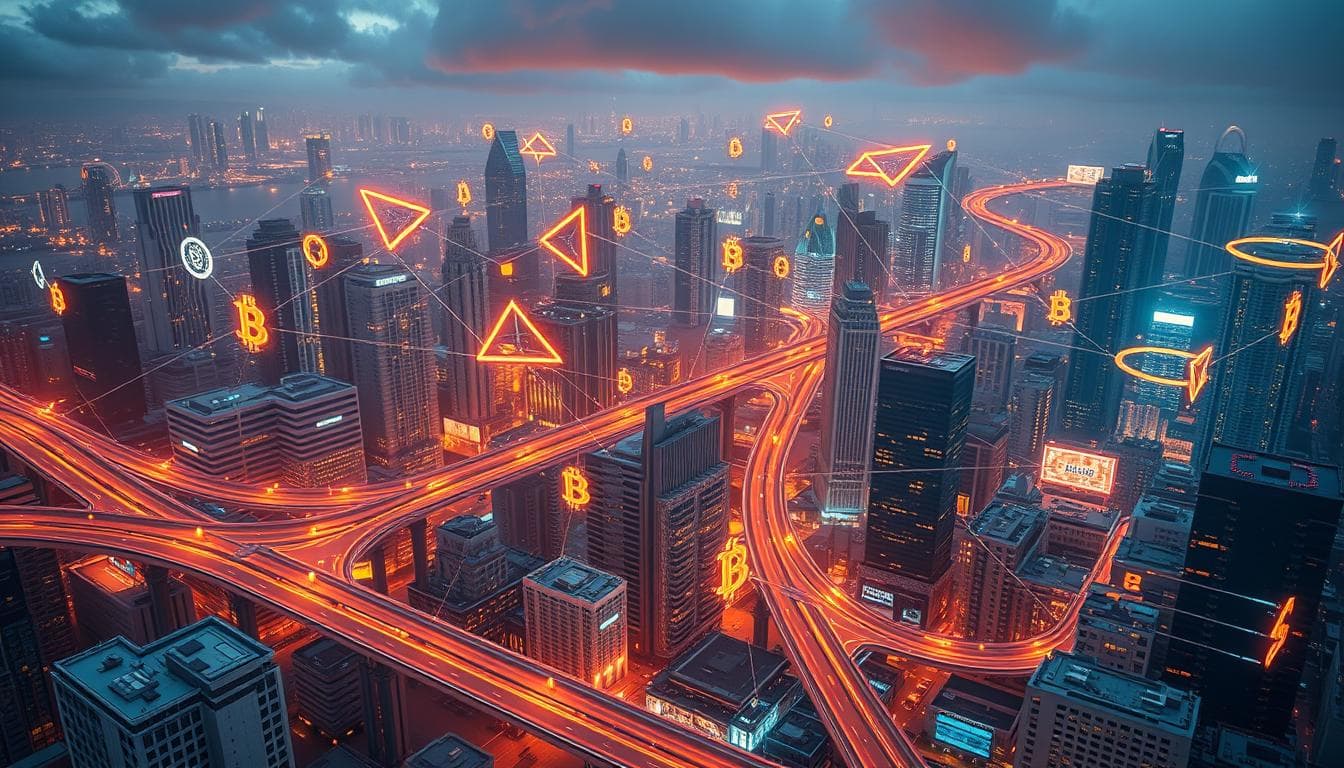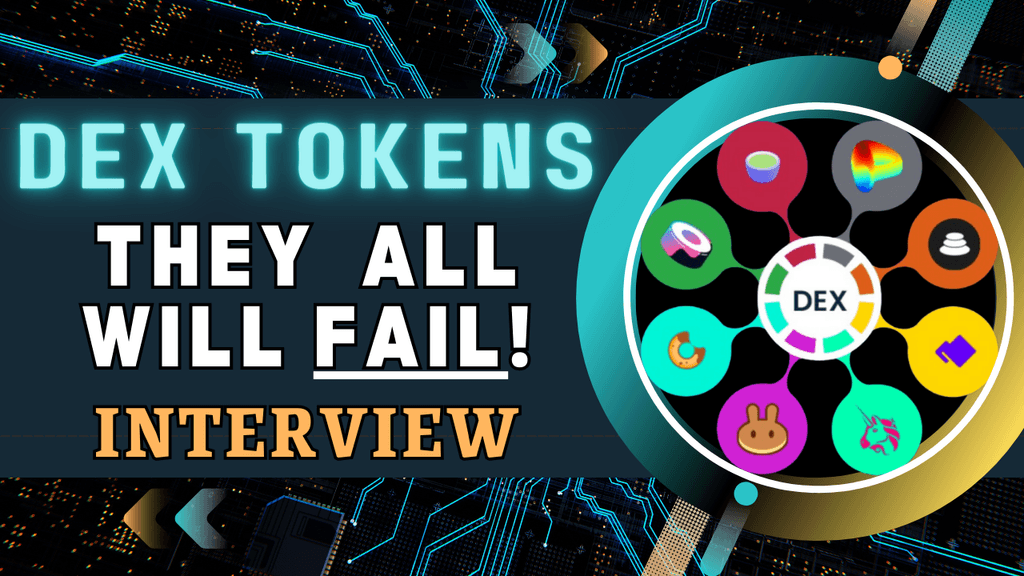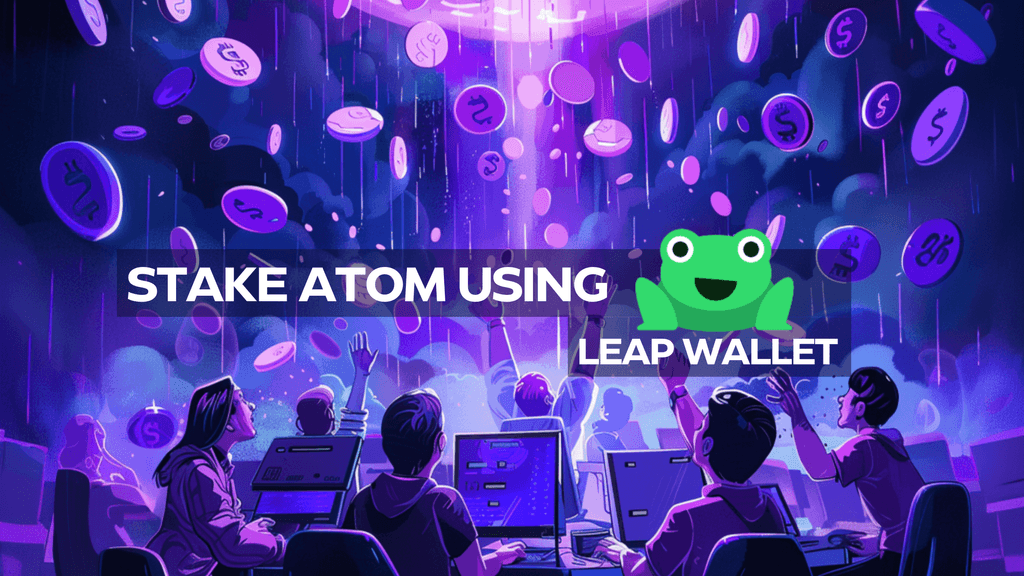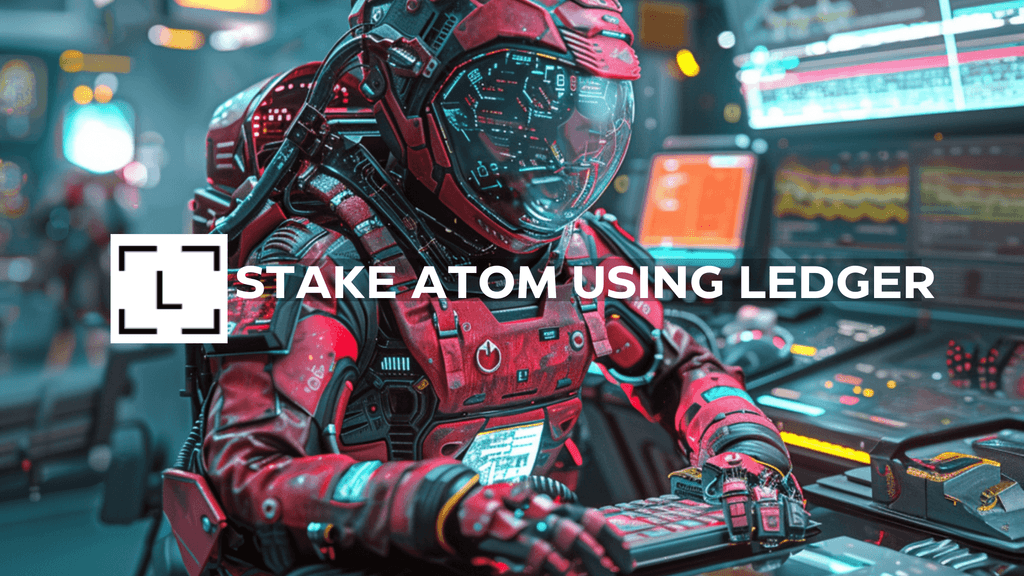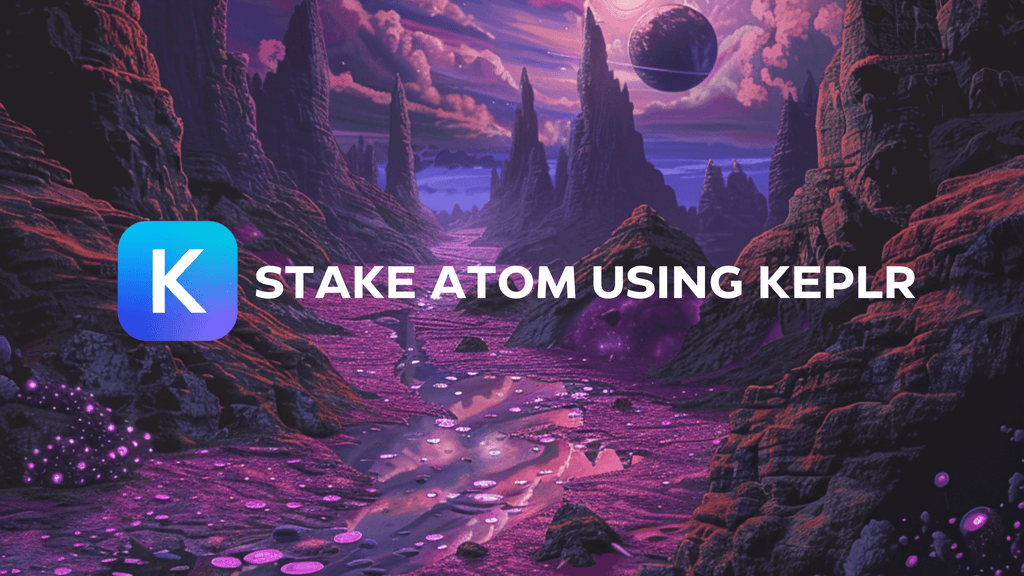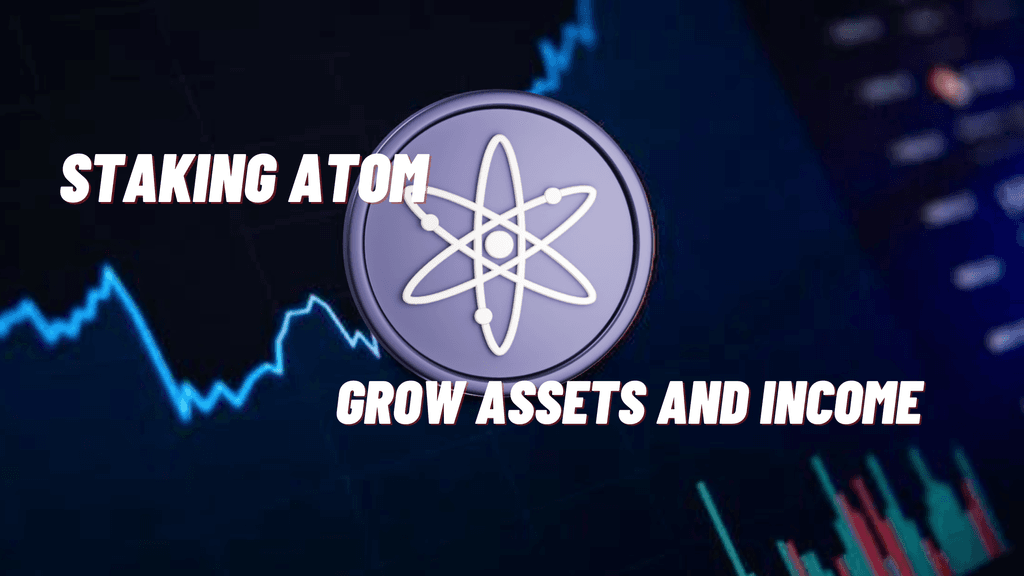Blockchain technology continues to reshape industries in surprising ways, and one of the most revolutionary developments is the tokenization of real-world infrastructure into digital assets. This concept, which once seemed futuristic, is rapidly becoming the new norm for investors who seek a tangible stake in physical assets but with the liquidity and flexibility of digital tokens. But what exactly does it mean to tokenize infrastructure?
The idea is simple: take traditional infrastructure—like transportation systems, energy grids, or data centers—and convert them into digital tokens that can be traded on decentralized networks. By leveraging blockchain, these assets gain more accessibility, liquidity, and transparency, offering a whole new way for investors to engage in decentralized finance (DeFi) and Internet of Things (IoT) projects. Tokenization is transforming industries, but how does it all work, and what does this mean for investors like you?
Tokenization: Unlocking Real-World Value
Decentralized networks like Helium and Filecoin are pioneering this shift by converting underutilized physical resources into valuable digital tokens. In essence, these platforms allow investors to buy, sell, or trade shares of physical infrastructure projects with the ease and flexibility previously reserved for digital assets. Tokenizing infrastructure means smaller, more liquid investments that can be easily managed or sold on blockchain networks.
Think of the way real estate crowdfunding platforms changed property investment, but with far more liquidity and accessibility. Now, projects involving communication networks, energy grids, or even transportation systems can be tokenized, allowing small-scale investors to buy into massive infrastructure initiatives.
But the real value lies in what happens next. As demand grows, the value of these tokens could appreciate significantly, offering high returns for early adopters. Curious to learn more about how tokenization is reshaping the investment landscape? The full article dives deeper into the intricacies of these decentralized systems and their benefits for forward-thinking investors.
Why You Should Care About Tokenizing Infrastructure Now
For investors, the window of opportunity is still open, but that won’t last long. The pace at which tokenized infrastructure is gaining traction means that early adopters will be positioned to capitalize on significant value gains. Platforms like Helium offer decentralized wireless network solutions, while Filecoin transforms the way data storage is managed, turning these previously centralized models into tokenized, decentralized alternatives.
As the trend accelerates, those who delay risk missing out on what could be one of the most exciting developments in decentralized finance. If the idea of owning a piece of the real world in digital form intrigues you, don’t wait—learn how to tokenize real-world infrastructure and join the revolution before the opportunity narrows.
Ready to Dive In?
The rise of tokenized infrastructure is opening new doors for investors eager to diversify their portfolios with innovative, blockchain-backed assets. With tokenization, you’re not just owning a digital asset—you’re owning a share of a physical one, but with all the advantages of blockchain technology: liquidity, security, and global accessibility.
Still curious? Read the full article to discover how decentralized networks like Helium and Filecoin are transforming traditional industries by tokenizing infrastructure into valuable digital assets:
How Decentralized Networks Are Tokenizing Real-World Infrastructure into Valuable Digital Assets.
Want to stay updated on more innovative blockchain trends? Visit our homepage at:
HeliumBlueMoon Home Page.
